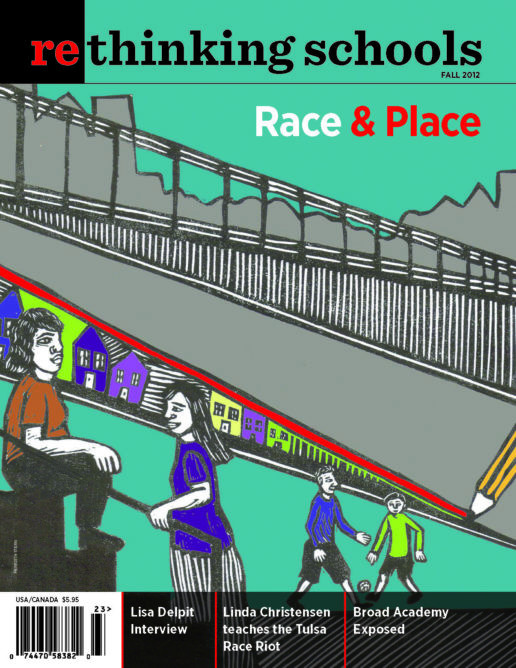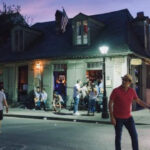Growing up in the rural town of St. Helens, Oregon, my world felt limited and homogenous. Life revolved around flannels, work boots, and the local mill. Cultural diversity was a concept largely absent from my daily experience. My understanding of the world expanded unexpectedly in Mr. Sanderson’s middle school English class when we encountered Sandra Cisneros’s seminal work, The House on Mango Street.
This slim novel, often referred to as the “Mango Street Book,” opened a window to a vastly different yet surprisingly relatable world. Through the eyes of Esperanza Cordero, a young Chicana girl navigating adolescence in a Chicago neighborhood, I was introduced to Mexican American culture, the realities of social class, and the complexities of gender roles. The vignettes that compose The House on Mango Street painted a vivid picture of community and resilience in the face of poverty and limited opportunities.
 Volume 27, No.1 cover of Rethinking Schools magazine featuring articles on Mango Street and education reform
Volume 27, No.1 cover of Rethinking Schools magazine featuring articles on Mango Street and education reform
What resonated most deeply was the universality of Esperanza’s experiences. Despite the cultural and geographical differences, the themes of longing for belonging, grappling with identity, and the importance of community echoed my own experiences in St. Helens. Just as Esperanza learned to value her roots and give back to her neighborhood, I began to appreciate the significance of my own working-class background and the potential to contribute to my community. The House on Mango Street became more than just a book; it was a mirror reflecting the shared human experience across diverse backgrounds and a catalyst for understanding the world beyond my own.


